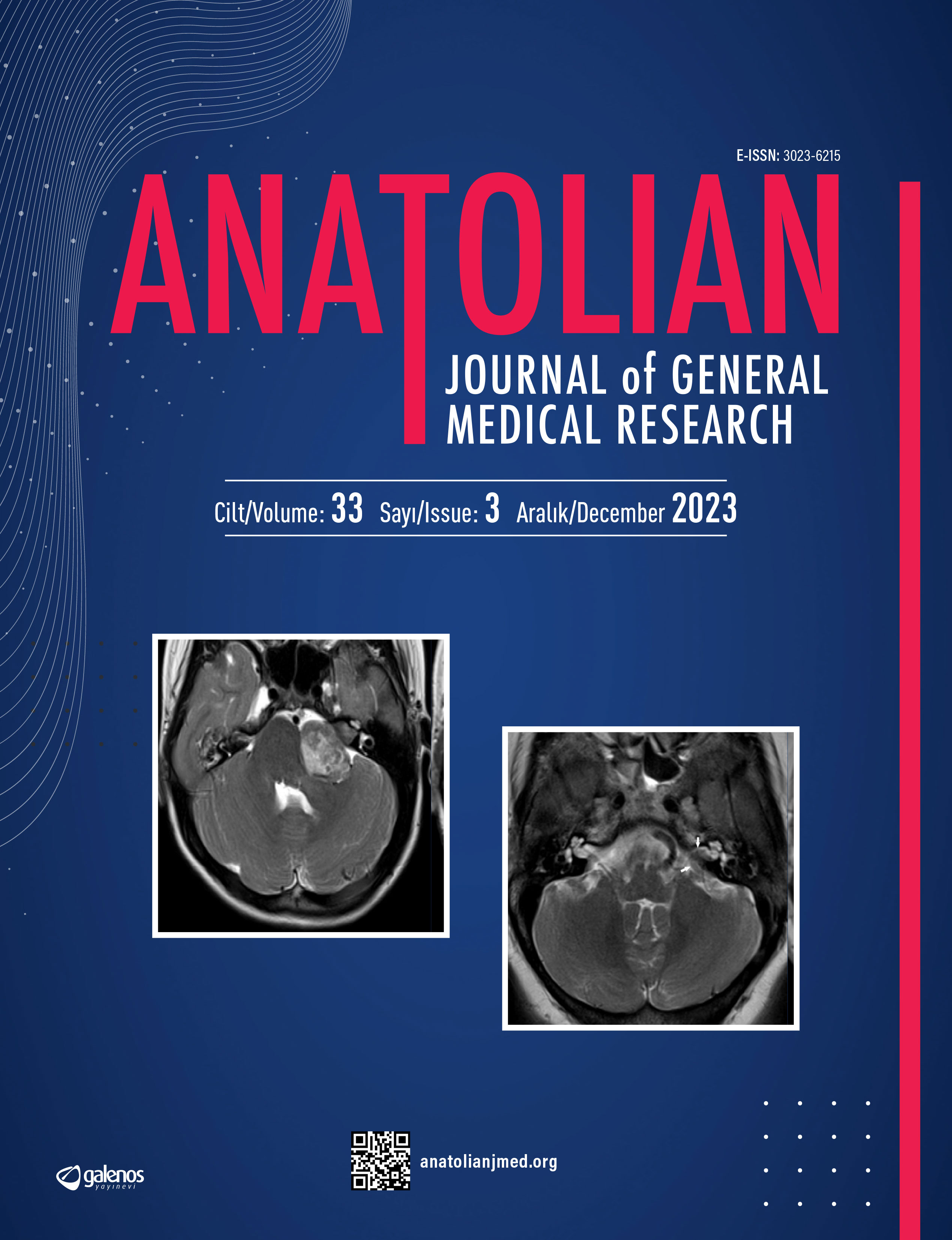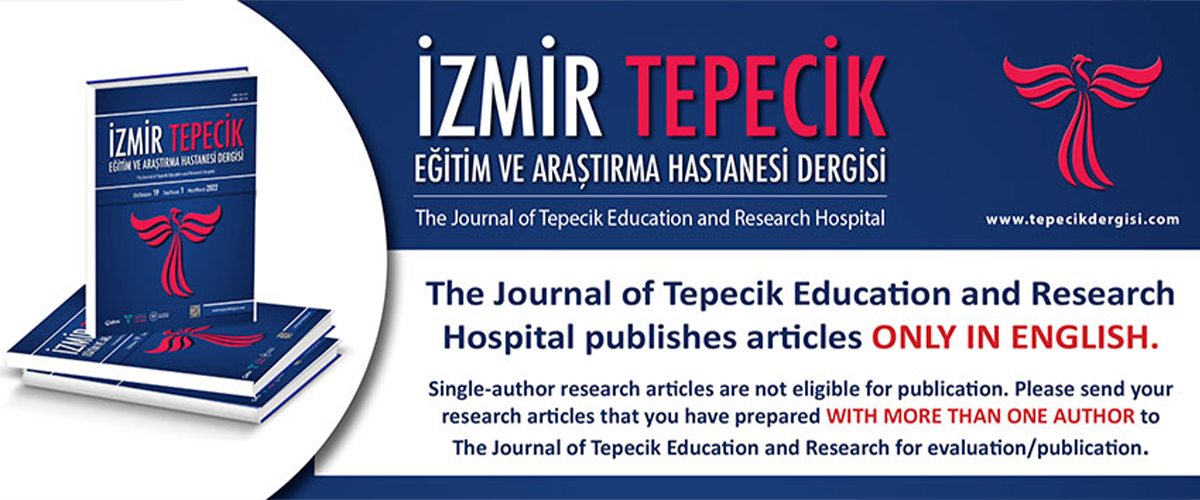








Research on the Hormonal Etiology of Marked and Extreme Seborrheic Dermatitis in Postmenopausal Women: A Case-Control Study
Melis GönülalDepartment Of Dermatology, İzmir Tepecik Training And Research Hospital, İzmir, TurkeyINTRODUCTION: Seborrheic dermatitis is a superficial, inflammatory, chronic and recurrent skin disease that manifests itself with yellowish, oily scales on erythematous ground. There are many factors in etiology. In this study, it was aimed to investigate the role of hormones in the etiology of marked and extreme seborrheic dermatitis in postmenopausal women.
METHODS: Postmenopausal women with marked and extreme seborrheic dermatitis who applied to outpatient dermatology clinic of İzmir Tepecik Training and Research Hospital were included to the study. Age, weight, body mass index, smoking status, blood total testosterone, dehydroepiandrosterone sulfate, progesterone, follicle stimulating hormone, luteinizing hormone levels of patients were recorded. The data were compared with the age-appropriate control group.
RESULTS: Smoking and dehydroepiandrosterone sulfate hormone levels were found significant effective in the formation of marked and extreme seborrheic dermatitis in the postmenopausal period (p = 0.014, p = 0.003 respectively). There weren’t any significant relationships between other parameters and marked/extreme seborrheic dermatitis.
DISCUSSION AND CONCLUSION: Dehydroepiandrosterone sulfate hormone levels may be a guide in the management of patients in postmenopausal period with marked and extreme seborrheic dermatitis. In addition, smoking affects the prognosis of seborrheic dermatitis in this group of patients negatively.
Postmenopozal Dönem Kadınlarda Belirgin ve Şiddetli Düzey Seboreik Dermatitin Hormonal Etiyolojisine Yönelik Araştırma: Bir Olgu Kontrol Çalışması
Melis Gönülalİzmir Tepecik Eğitim Ve Araştırma Hastanesi, Deri Ve Zührevi Hastalıklar Ana Bilim Dalı, İzmirGİRİŞ ve AMAÇ: Seboreik dermatit, eritemli zemin üzerinde sarımsı, yağlı skuamlarla kendisini belli eden yüzeyel, inflamatuar, kronik ve tekrarlayıcı bir deri hastalığıdır. Etyolojide birçok faktör yer almaktadır. Çalışmada belirgin veya şiddetli seboreik dermatiti olan postmenopozal kadınlarda hormonların seboreik dermatit etyolojisindeki rolünün araştırılması amaçlandı.
YÖNTEM ve GEREÇLER: Çalışmamıza İzmir Tepecik Eğitim ve Araştırma Hastanesi cildiye polikliniğine başvuran postmenopozal belirgin veya şiddetli düzey seboreik dermatiti olan kadın olgular dahil edildi. Hastaların yaş, kilo, boy, vücut kitle indeksi, sigara kullanma durumları, kan total testosteron, dehidroepiandrosteron sülfat, progesteron, folikül stimulan hormon ve lüteinleştirici hormon düzeyleri kayıt edildi. Veriler yaşça uygun kontrol grubu ile karşılaştırıldı.
BULGULAR: Postmenopozal dönem belirgin veya şiddetli seboreik dermatit oluşumunda sigara kullanımı ile dehidroepiandrosteron sülfat hormon düzeyleri arasında istatistiksel anlamlılık tespit edildi. Diğer parametrelerde herhangi bir anlamlılık bulunmadı.
TARTIŞMA ve SONUÇ: Belirgin veya şiddetli düzey seboreik dermatiti olan postmenopozal hastaların yönetiminde dehidroepiandrosteron sülfat düzeyleri yol gösterici olabilir. Ek olarak, sigara içmenin bu grup hastalarda hastalığın prognozuna olumsuz etkisi bulunmaktadır.
Corresponding Author: Melis Gönülal, Türkiye
Manuscript Language: Turkish
(667 downloaded)




